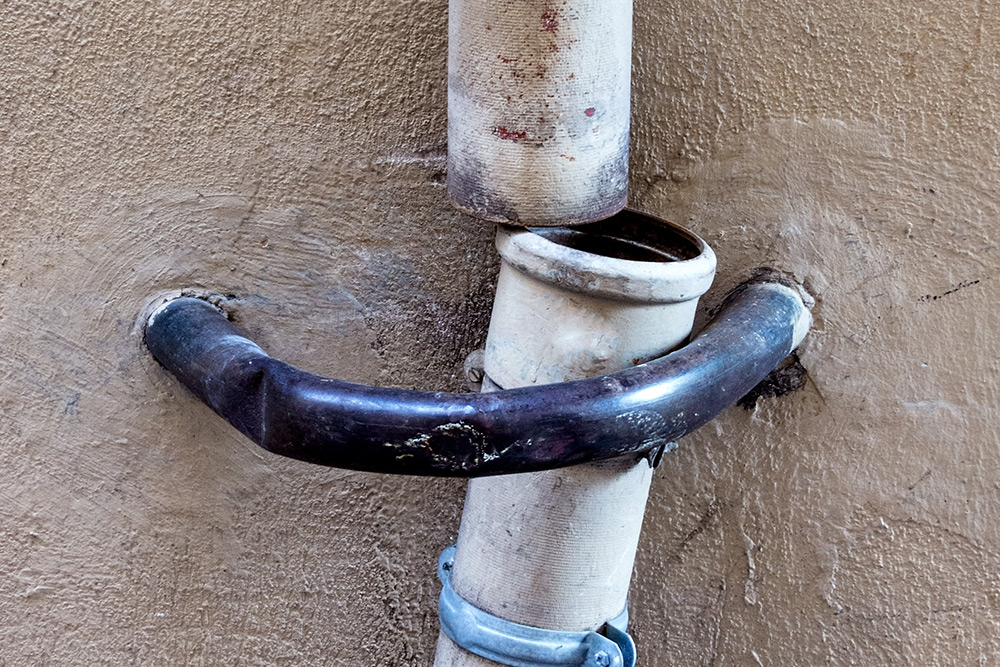The home-buying process can make your head spin. After awhile, all the properties start to blend together. “Was the house with the dated kitchen the one with the fabulous deck, or was that the one with the small closets?”
Referring to a Trulia listing of that home for sale in Fort Lauderdale, FL, is a huge help, but if you have specific criteria — or just want an extra tactic to jog your memory — add the task of taking photos to your list of open-house ideas. This is especially true if it’s a heavily populated open house and there’s a swarm of people around you as you walk through. Believe us, you’ll be glad that you have documentation instead of relying on your memory.
Take note: If the home is still occupied by the seller, be polite and ask the agent on duty whether it’s OK for you to take some photos. If it is, here’s a targeted list of photos that will come in handy, whether you decide to make an offer or not.
1. Heavy-use areas
Some areas of a house get more wear and tear and ultimately need more TLC than others. And those are the areas you need to photograph. Whether it’s the driveway or the mudroom, you’ll want to know just how much work needs to be done, since this can affect your offer — or determine whether you even want to make one, depending on whether you mind getting your hands dirty.
“It’s important for homebuyers to get images of the curb appeal of the house, the front entrance as they walk in, the kitchen, the bathrooms, and the backyard,” says Arvin Sahakian, a California real estate broker and vice president of BeSmartee, an online mortgage brokerage. “These are the areas of the home that commonly need fixing up, remodeling, or repairs.”
Taking photos of areas that need fixing is “a great way to avoid inspection headaches later on in the buying process,” says Rachel Hillman, a Massachusetts real estate agent and owner of Hillman Homes. Show your photos to a contractor — if you happen to have one in your network — before the inspection to get a ballpark figure of how much the repairs might cost. “Your [agent] can help you decide whether to bring up those repairs as part of the offer or wait until the inspection,” adds Hillman.
2. Specific rooms
If you’re bringing furniture when you move, it helps to take photos of the layout of the rooms to see, for example, whether your oversized sofa and reclaimed-wood coffee table will work with the space.
3. Your “must-haves”
Certain home features are probably important to you, such as a separate laundry room, lots of garage storage space, a walk-in pantry, or an eat-in kitchen. Definitely take photos of your must-have areas so you’ll remember which houses have them.
You’ll also want to be consistent. Do this by taking a “picture of the same rooms at each house so you can compare them later on,” says Hillman. “If you are looking for a move-in-ready kitchen, fireplace in the living room, and basement storage, make sure to take a picture of the kitchen, living room, and basement at every house so you can compare [later].”
4. Problem areas
This category of photo will never make it into a decorating magazine, but you should snap a picture under the sinks, of the electrical panel, of stains on the walls and ceilings, and of the roof from different angles.
Why? A photo taken below the sink “will show if there has been any leakage in the past,” says David Feldberg, a California real estate broker. He explains that it’s especially important to take a picture of the electrical panel in older homes. “You want to see if it has room left or will need to be upgraded.” Stains on the walls and ceilings show “evidence of leaks that have come through the roof or the walls.” And you’ll want to know if you’ll need to replace the roof soon. “That is no small expense and should be factored into the price.”
5. Appliance tags
Not every home sale includes appliances, but you should take a photo of the make and model numbers of the ones you will get as part of the deal. That way, “You can estimate their value and life span later on,” says Ross Anthony, an agent with Willis Allen Real Estate in San Diego. Most water heaters, for example, have a manufacturer’s tag stating the installation year.
6. Street views
You can’t count on the listing photos to include the neighborhood, so “take a few shots facing away from the house and down each direction of the street,” suggests Anthony. This will remind you of what you’ll see every time you go outside.
7. The extra touches
Sometimes you fall in love with the little extras of a home: “The vessel sink in the master bathroom or the hammock between two trees,” says Desmond McKenna, a Washington, DC, real estate agent with DC Home Buzz. Definitely snap some pics of those details. That way, when you’re back at home going through everything, the photos will remind you of your favorite features.
8. The address
No matter how great your photos are, they won’t do you much good if you don’t have a method for putting them in order. “The key is to be organized so you can remember what photos go with each house,” says Rachel Hillman.
Desmond McKenna recommends photographing the home’s exterior and the address number of the property. You can then use those photos as a catalog.
Have you taken photos at an open house? What shots made your list? Share your open house ideas below!


